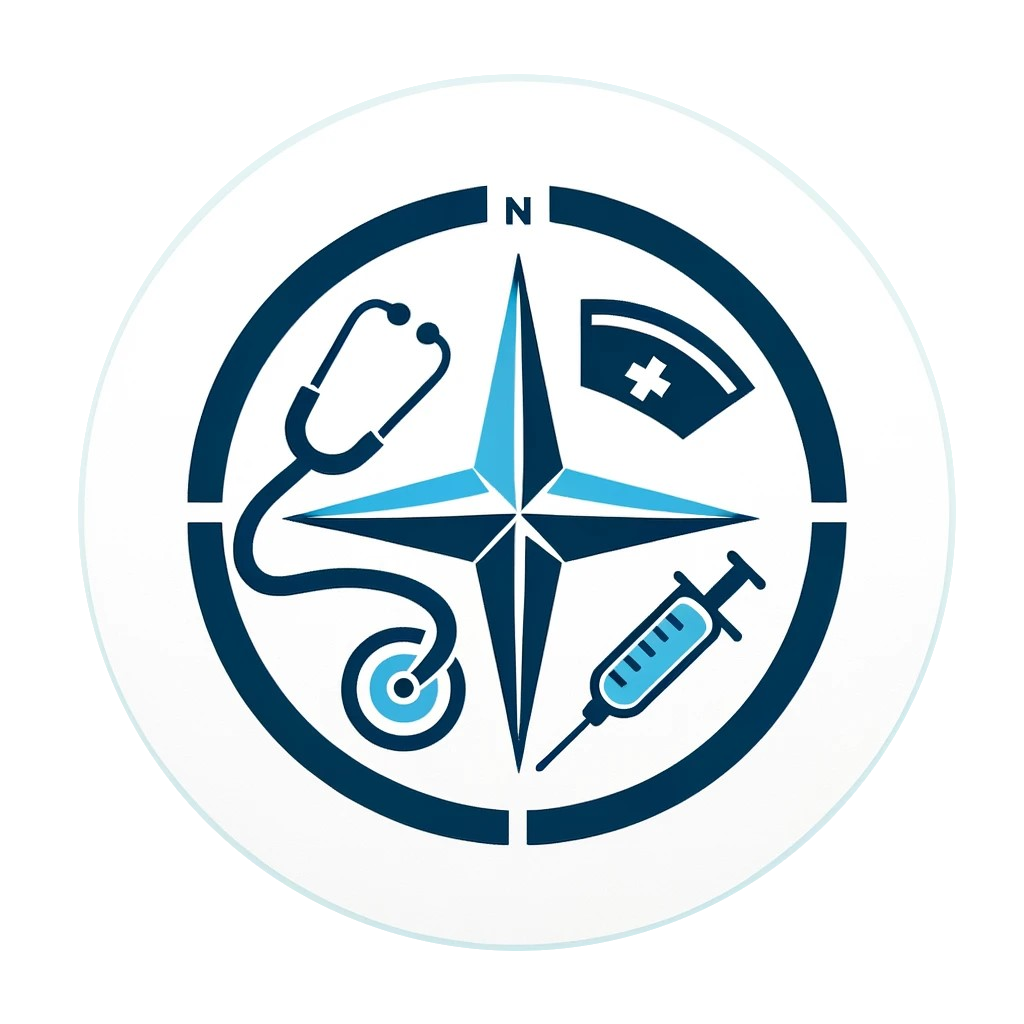🔍 Quick A-Fib Assessment Checklist
⚡ PRIORITY: Assess hemodynamic stability first - is the patient symptomatic from the arrhythmia? 1,2
| Assessment Area | Key Findings 1,3,5,8 | Nursing Action |
|---|---|---|
| Hemodynamic Status | BP, HR, perfusion, chest pain | Continuous monitoring, IV access |
| EKG Recognition | Irregularly irregular, no P waves | 12-lead EKG, rhythm strip |
| Stroke Risk | CHA₂DS₂-VASc score factors | Assess for contraindications to anticoagulation |
| Symptom Assessment | Palpitations, fatigue, dyspnea | Functional status evaluation |
⚠️ Red Flags & Emergency Situations
Call Rapid Response/Code Blue for: 1,2,6
- Systolic BP <90 mmHg with symptoms
- Altered mental status
- Chest pain with ST changes
- Acute heart failure symptoms
Prepare for Cardioversion When:
- Hemodynamically unstable A-Fib
- Acute onset (<48 hours) with symptoms
- Failed rate control with medications
Clinical Pearl: If the duration of A-Fib is over 48 hours or unknown, anticoagulation for 3 weeks prior to elective cardioversion is recommended unless a TEE shows no thrombus. 1,2
📋 Discharge Planning Checklist
- ✅ Medication reconciliation completed
- ✅ Follow-up appointments scheduled (cardiology, primary care)
- ✅ INR monitoring arranged (if on warfarin)
- ✅ Patient/family education documented
- ✅ Emergency contact information provided
- ✅ Activity restrictions reviewed
Clinical Pearl: Comprehensive discharge planning reduces readmission rates and improves patient outcomes. 1,8
🎓 Test Your Knowledge: Take our A-Fib Quiz to validate your understanding of atrial fibrillation recognition and management.
📚 Key Takeaways
- Hemodynamic stability assessment is the top priority
- Rate control is often sufficient for symptom management
- Anticoagulation prevents strokes based on CHA₂DS₂-VASc score
- Patient education prevents readmissions and complications
- Know when to escalate care immediately
📚 References & Evidence-Based Sources ▼
Click to view 8 authoritative sources
Medical Disclaimer: This content is for educational purposes only and should not replace professional medical advice, diagnosis, or treatment. Always consult with qualified healthcare professionals for medical decisions. Content is based on current evidence and best practices as of publication date.
